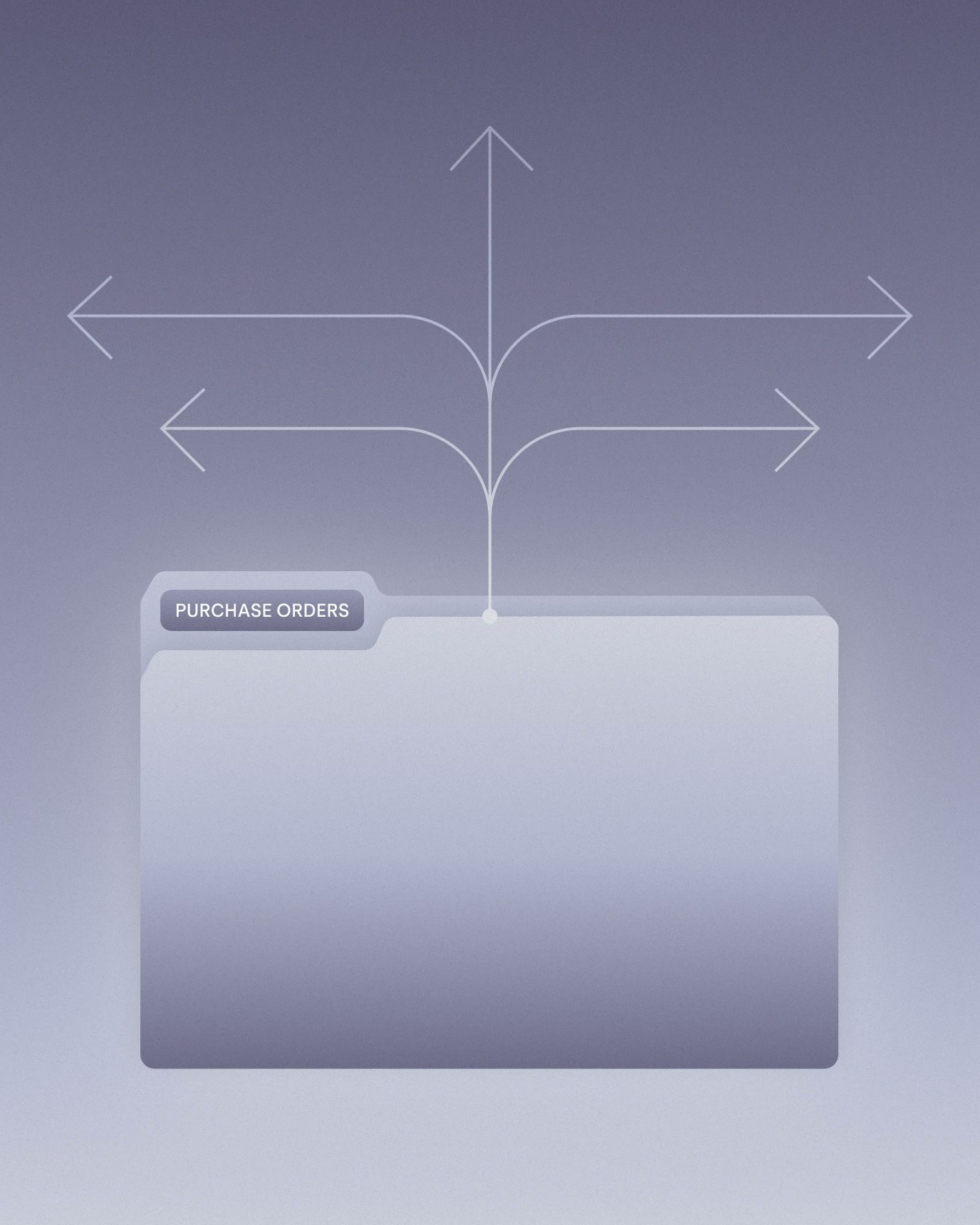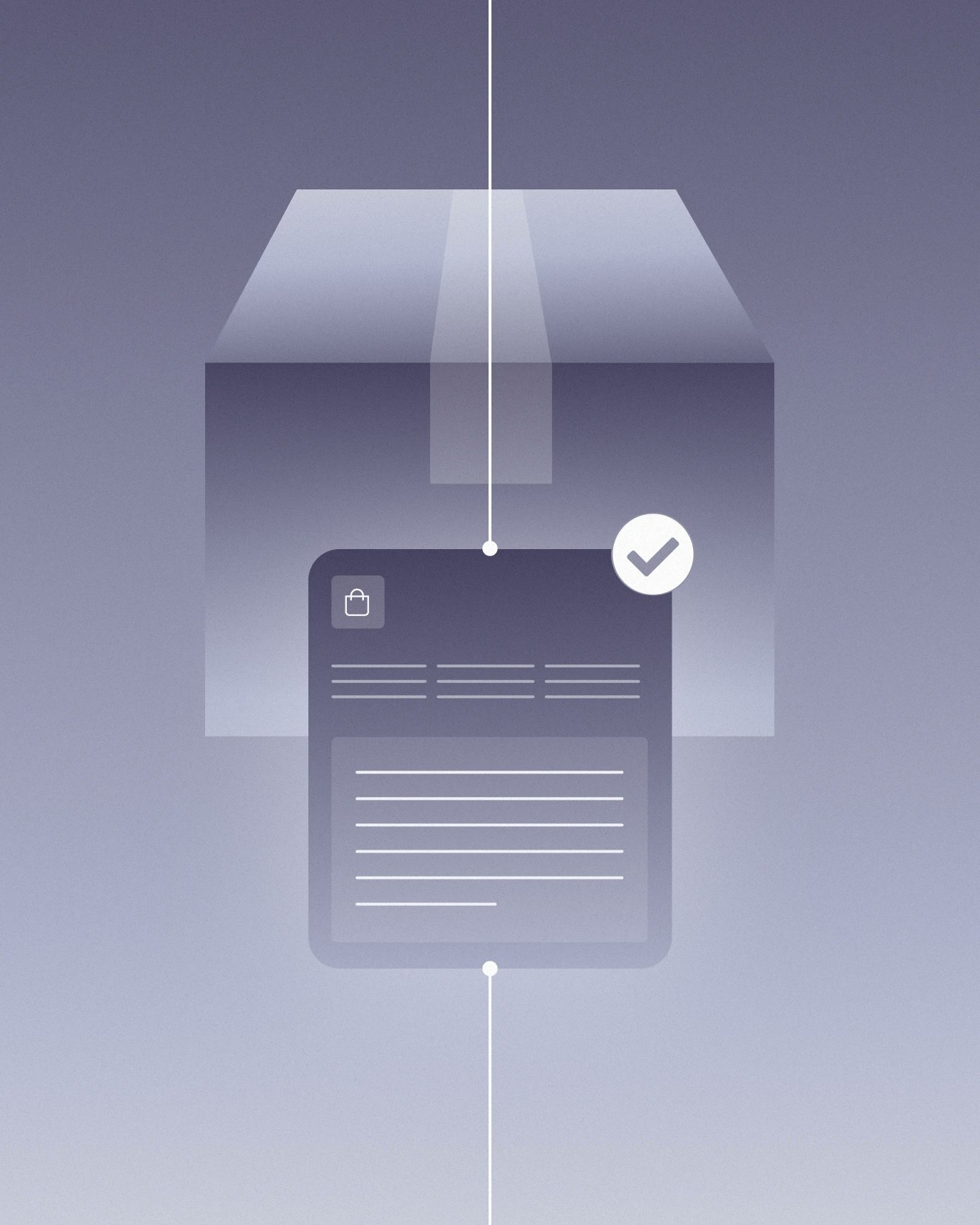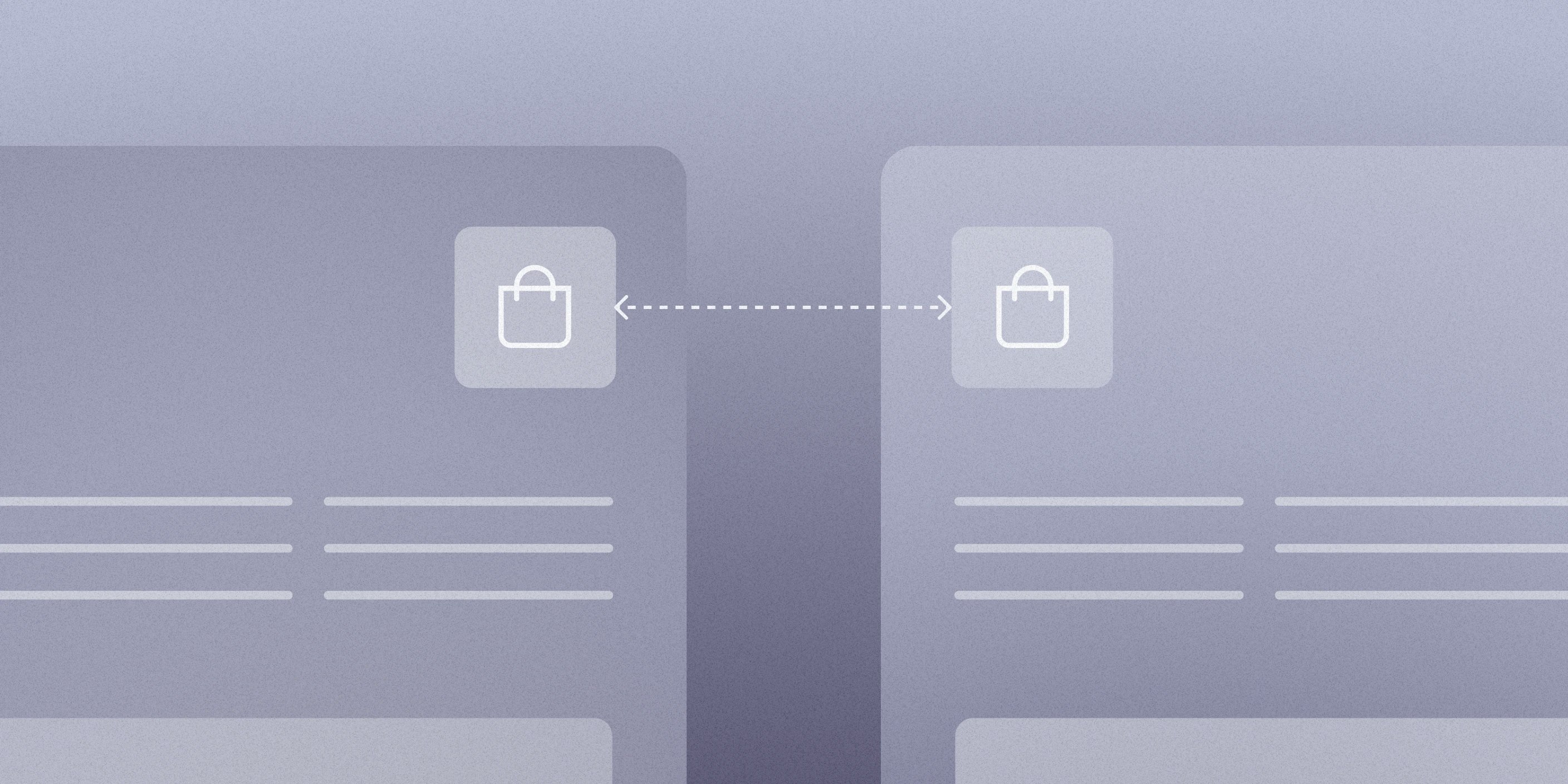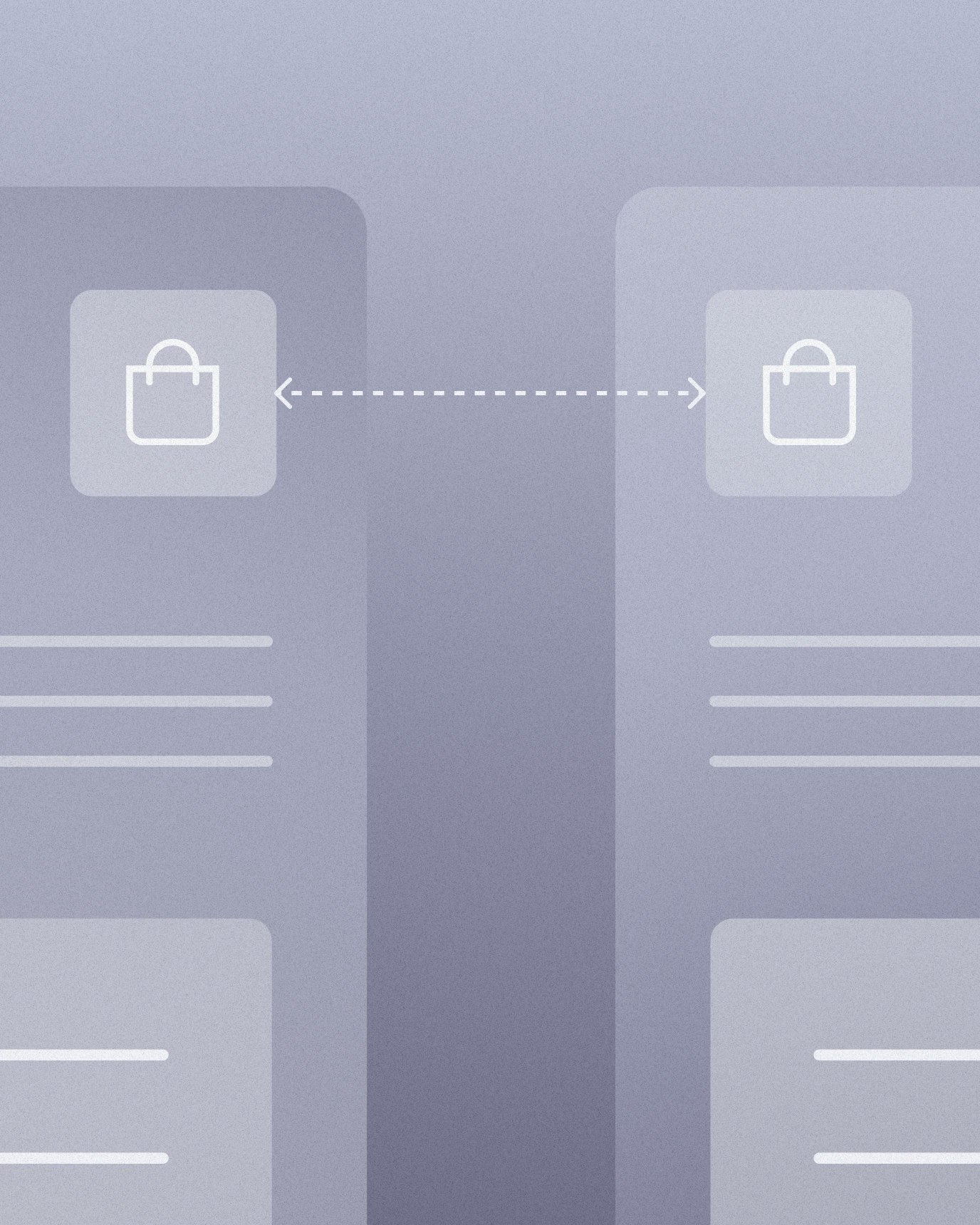How to use the purchase order template
Fill in the details
Add your business name, supplier details, PO number, date, and the products or services you’re ordering with pricing and terms.
Send it off to your supplier
Email or share the completed purchase order with your supplier to confirm your order and set expectations.
Keep a copy for your records
Hold onto a digital or printed copy so you can track the order, match it to invoices, and keep your books clean going forward.
Let your suppliers know precisely what you need
The power of purchase orders
Using purchase orders helps you stay organized and reduces the risk of miscommunication with your suppliers. They create a paper trail that clearly shows what was agreed upon so there are no surprises down the road. They also make life easier when it’s time to match invoices, track spending, or prepare financial reports.
Why POs Are Important
So you sent a purchase order. Now what?
Once your purchase order is sent, the ball is in the supplier’s court. They’ll review and confirm the order, sometimes with an acknowledgment or contract. After that, they’ll deliver the goods or services and share an invoice. At that point, you can cross-check the invoice against your purchase order to make sure everything lines up before issuing payment.
How To Avoid Common Mistakes

